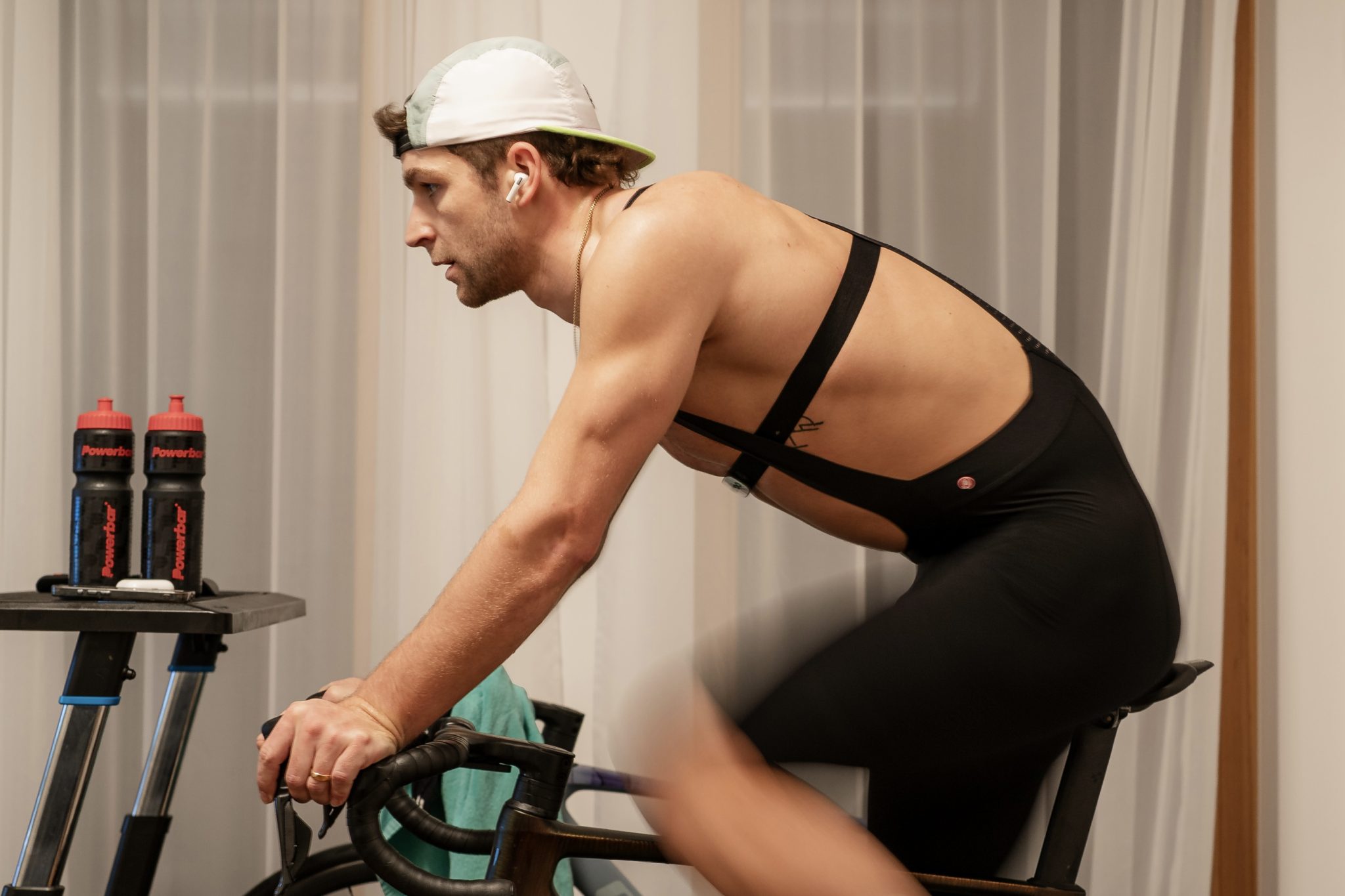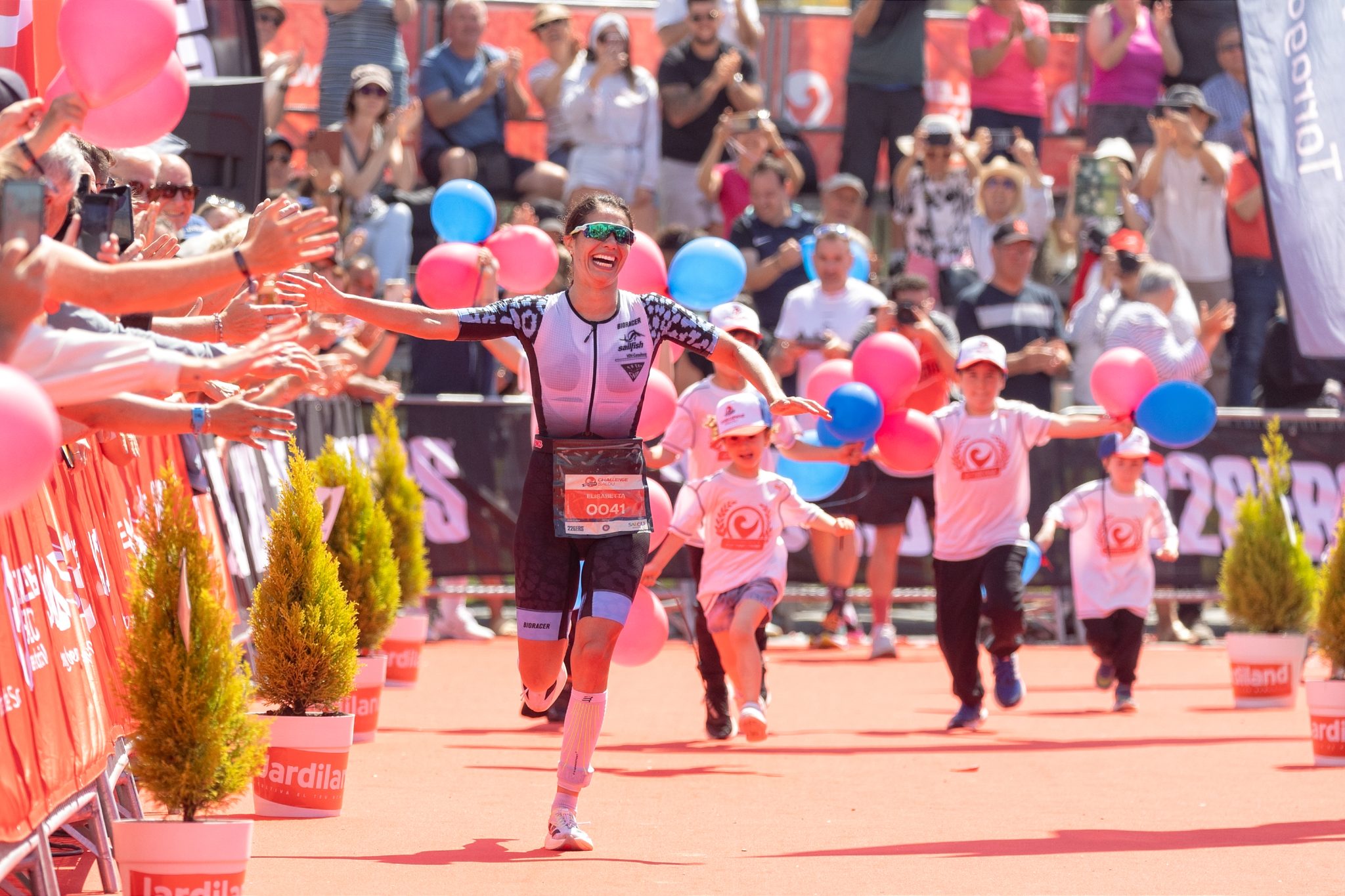Trickle-down technology is an oft-used term. And Quintana Roo has a triathlon model that is the very definition of the term: The X-PR.
First of all, what is Trickle-down Tech? Consider your car. Perhaps it’s a sports car, a Camaro. (It’s red, isn’t it? Watch out for the cops, they’re looking for red cars!) You love that it has stiff cornering suspension, that it has low-profile tires on big, oversized wheels. That it has massive torque, a quick transmission, and with a few vanes, an truncated Kammtail aft, it isn’t just fast—it looks fast, like the NASCAR cup cars.
And while it seems the cutting-edge 700 horsepower V8 Chevy Camaro cars you see every Sunday on TV racing on the NASCAR circuit have any lineage to the car you’re driving to work or school could be an overstatement, it’s actually not far off. At 650 horsepower with a V6 engine, a production Chevy Camaro (with a $31,000 base price) is pretty fast and pretty darned close to its NASCAR brethren—which can cost upwards of $400,000. Yep, you can have the fast stuff… but don’t need to pay the high-ticket price.
That’s trickle-down technology; making the best stuff (or darned close) available to more people—for less.
And that brings us to the X-PR, one of the most popular bikes in the Quintana Roo line, if not in company history. Why? That good ‘ol trickle-down technology. We look at what makes it so, as we compare it to what for the past few years has been its predecessor: the Quintana Roo V-PR. This is the bike that Matt Hanson rode to a 2022 Ironman U.S. National Championship in Des Moines, Iowa, with the fastest bike split to boot.
And upon a quick glance, they look precisely the same. But one—the X-PR—has a few tricks up its sleeve to make it an incredibly attractive option to the V-PR.
(Nearly) The same Aerodynamics
One mold, two frames. You may not know, but the X-PR frame and fork each come out of the exact same mold. From geometry to tubeset depth, to SHIFT Technology and the light but aero QR short fork, there’s zero difference in frameset aerodynamics. The only advantage the V-PR has is the use of a highly integrated Vision cockpit with cable routing into the frame through the stem, versus a slightly less integrated stem and aerobar interface that the X-PR uses.
However, while it may not be as cleanly integrated, it’s still quite clean, with cables tucked neatly behind the stem and into the frame. Additionally, options of Vision and Profile Design stem and aerobar interfaces provide for much much greater fit adjustability when compared to the cockpit on the V-PR. Win for the X-PR.
(Nearly) the Same Weight (and SO much lighter than the competition!)
The X-PR features a custom carbon cloth and resin matrix together in creation of the frame and fork. It’s almost two pounds lighter than its predecessor (the PRsix2) and for that matter, many of its brand competitors, especially at its price range. The X-PR is plenty stiff, plenty light… plenty fast.
Cutting-edge Components
The X-PR can be built any way you wish… but we don’t cut corners. That means our base component build—Shimano Ultegra mechanical—is all Ultegra. That means No down-spec’d cassette or off-brand chain. How we treat our V-PR builds, is how we treat the X-PR. We care enough for our triathletes to give them the best-on-market components—stem to stern.
Fit to Perform
The cockpit options on the X-PR are unsurpassed—even by the V-PR. With three separate Profile Design cockpit options, the X-PR boasts an incredibly wide fit window. For triathletes that need greater stack, greater reach, or more pad placement variability, the X-PR simply fits more triathletes. (Yes, more than many other superbikes out there).
Travel-ready
Can many superbikes travel to your next race? Is it easily packed into a bike case, easily assembled on-site at the race? Some bikes are… a challenge. Not the X-PR.
Sometimes, those proprietary superbike cockpit builds can be trouble. Lose a special part that requires you to call the company to solve? Headache.
However, because the Profile Design cockpits that are offered on the X-PR are standard stem-and-basebar interfaces, travel is familiar, which—for many triathletes—makes it easy. Lose a stem faceplate bolt? They’re easily replaced with any bike shop stem bolt in a pinch. By keeping things “trickle-down” simple, the X-PR removes the trepidation and headache that traveling with your tri bike can often bring.
Is “trickle-down technology” that the X-PR represents for you? It all comes down to what’s important. For many, fit is a central focus. Others, it’s staying fast—but also staying on budget. Still others, the opportunity to travel. And for each, the X-PR ticks the boxes. Explore the X-PR and see just why it’s one of the most popular bikes at any race.



